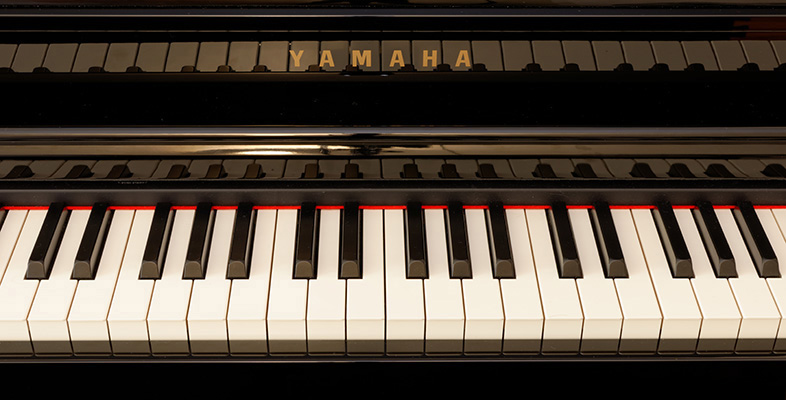4.9 The sound of protest
The raw sound of Ton Steine Scherben’s “Macht kaputt” is striking: it’s certainly very different from the ballad-like performances of Dylan or Baez in the United States. Significantly, the group were the first German rock band to sing in their native language (Brown, 2009, p. 8). Their songs were written in a rough vernacular German, the better to communicate with their intended audience – the working class of the Kreuzberg area of West Berlin, where the band also lived. At the time, Kreuzberg was a run-down area bordered on three sides by the Berlin Wall, and was particularly popular with students due to its cheap rents.
Evidently, the protest song is also a genre with a wide appeal – and this course has aimed to suggest the possibility of looking beyond Anglo-American culture for pertinent examples. What’s significant is the variety of musical styles evident and the difficulty in pinning down precisely where the element of protest lies. Most would probably point to the lyrics, but undoubtedly the style of the music (and the way that style is interpreted in the context of prevailing music-making) plays an important part in a song’s status as a ‘protest song’, as do the identities of the performers, and the contexts in which the music is heard.
